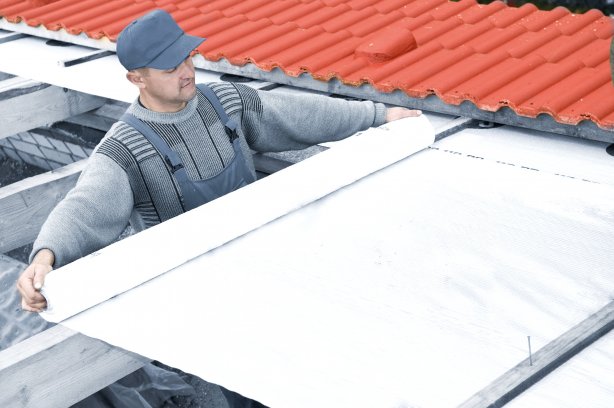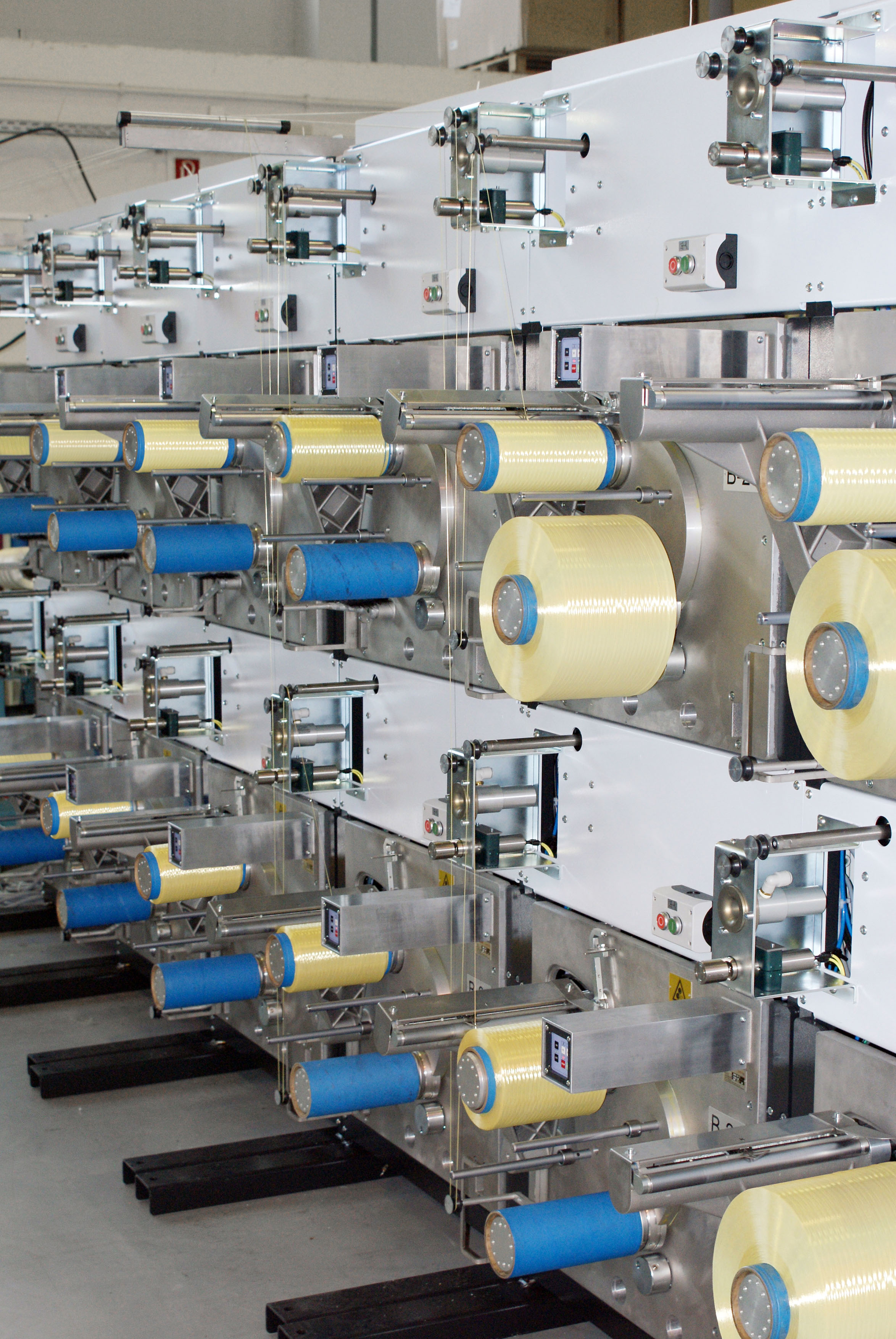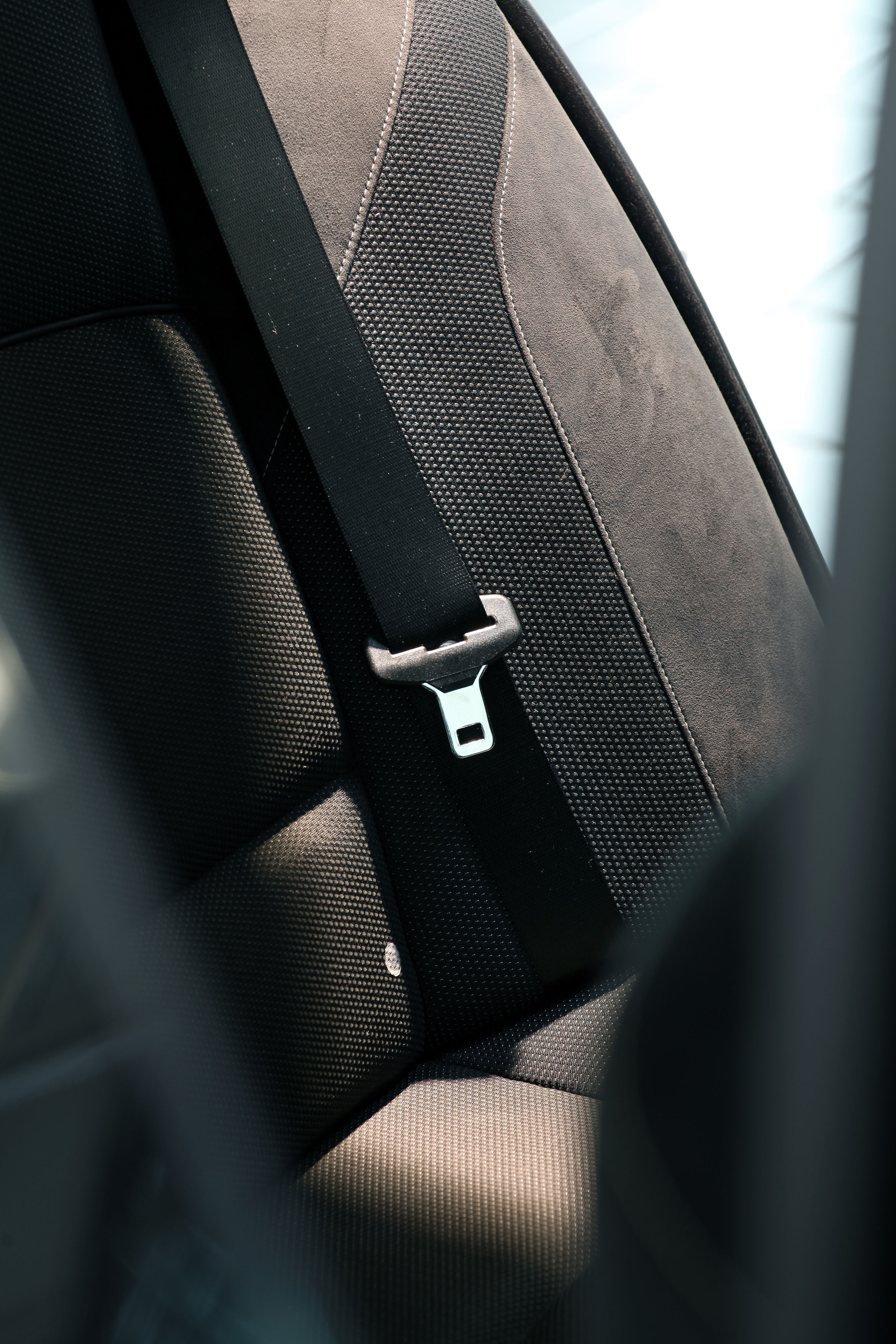-300x192-cropped.jpg)
New Techtextil Forum seeks topic suggestions
Whether it’s for wind power systems, aerospace technology, stadium roofs made from high-tech membranes, geogrids made from polyester used in landscaping or nonwovens for insulating and roofing, technical textiles cover a very wide range of applications.

18th April 2013
Innovation in Textiles
|
Neumünster, Remscheid & Chemnitz
Whether it’s for wind power systems, aerospace technology, stadium roofs made from high-tech membranes, geogrids made from polyester used in landscaping or nonwovens for insulating and roofing, technical textiles cover a very wide range of applications.
At this year’s Techtextil trade fair, which is being held in Frankfurt am Main between 11 to 13 June, Oerlikon Textile and its Oerlikon Barmag and Oerlikon Neumag brands will be showcasing solutions for the efficient production of innovative yarns for very special applications. The company will also be premiering new nonwoven production processes - in future, Oerlikon Neumag will be offering systems for the manufacture of bitumen and underlay roofing membranes and with geotextiles as a total solution (Hall 3, Stand A03).
With systems and equipment for manufacturing substrates for bitumen roofing membranes, underlay roofing membranes and geotextiles, Oerlikon Neumag, a leading suppliers of nonwoven technologies, offers the complete spunbond process – from polymer granulate all the way through to rolled goods.
“In terms of the system width, our machines are not just able to produce up to five times more material, they also help cut operating costs for energy and maintenance and save on operating staff costs,” explains Dr. Ingo Mählmann, the Oerlikon Neumag nonwovens expert.
Dr. Mählmann sees a clear trend, particularly within the construction sector, towards the utilization of spunbonds instead of the stable and fibreglass products used currently - mainly because these nonwovens are, thanks to their single-step production, less expensive to manufacture.
“Bitumen roofing and geotextiles are perfect examples of this, but this trend fundamentally also applies to many other construction nonwovens, such as those used for reinforcement or drainage.”
Technical spunbonds are predominantly manufactured from polyester and in the manufacturing of this fibre, Oerlikon Neumag is able to draw on its comprehensive long-time staple fibre systems production know-how.
The demand for high tenacity special fibres such as aramids, UHMWPE and carbon fibres is steadily growing but at the same time optimization of energy consumption, space requirements and efficiency is of the highest interest.
Winding of viscose yarns, rayon, aramid, polyethylene or similar materials requires a non-standard yarns specialist and here, Oerlikon Barmag’s WinOro winder is, Oerlikon says, the product of choice. Depending on design, the automatic precision take-up head for specialty yarns winds at speeds of up to 1,00 metres per minute, baler twine of up to 25,000 denier, PVC-coated multifilament yarn for various industrial applications and also textured artificial turf filaments.

Energy efficiency and productivity are said to be the outstanding properties of the WinOro 2-cop winder and with the energy consumption reduced by up to 45% compared to automatic single-cop winders, the WinOro-S2 2-cop winding system is said to distinguish itself from comparable products available on the market. In addition, the space required for the system is reduced by approximately 50% compared to the single-cop variant, which Oerlikon says is a very convincing purchasing argument considering that aramid and UHMWPE are manufactured on horizontal systems.
With three optional strokes – 2x120 mm, 2x190 mm and 2x225 mm – the WinOro-S 2cop is said to offer particular flexibility when it comes to the choice of yarns to be wound. In addition to this, yarn manufacturers can retain their tube diameters when switching from a single-cop winder to the 2-cop WinOro system.
Carbon fibres are used in applications requiring low weights and extreme tenacities. Carbon fibre-reinforced plastics are deployed in the aerospace industry, wind power systems, automobile sector, in safety technology and also in high-end sports equipment such as racing bicycles, tennis rackets, skis and boats.
With the WinTrax, Oerlikon Barmag has developed a winder especially for the manufacture of carbon fibres. The two-end winder unites the economic production of carbon fibres of the very highest quality with a simultaneously perfect package build and identical running length.
Additionally, the new WinTrax-A produces 2-cop packages with diameters of up to 310 mm. The resulting higher package weight aims to shorten tooling times and hence considerably reduce the time and costs for manufacturing compound materials. As a result of the identical running length of all packages, waste is said to be virtually eliminated.
Today, the term ‘industrial textiles’ encompasses products such as safety clothing, seat belts and airbags for the automotive sector, sails and fishing nets and belts, conveyor belts, hoses, ropes and geotextiles.

“Yarn quality, efficiency, process requirements and conversion costs – these are the criteria for which the Oerlikon Barmag industrial yarn systems for filament spinning are designed,” says Oerlikon. Depending on the requirements of the yarn manufacturer, industrial yarn systems with between 6 and 16 ends are used today - systems with between 16 and 24 ends being used for low count ranges.
According to Oerlikon, high-tenacity yarns with heavy counts are deployed, for example, in conveyor belts and as an application with huge growth potential, in geotextiles. The properties, such as high tenacity, high modulus and low creep properties required in geotextiles, are decisive for keeping textile-reinforced flooring and stone in position.
With a maximum throughput of 18,000 denier per position, the corresponding Oerlikon Barmag system is extremely efficient. Depending on the total count, the denier can be doubled without any major conversion measures by plying two filaments from the spinning system. As a result, the flexible system can be converted from 6 or 8 ends to 12 or 16 ends with just a few adjustments.
HMLS (high modulus low shrinkage) yarns are not just used for manufacturing car tyres, they are also deployed in the production of fan belts, conveyor belts, marine ropes and hoses. HMLS yarns are highly stable in terms of their dimensions, and highly temperature-resistant combined with a high degree of tenacity and a high modulus.
Tyre cord is one of the most important applications for PET IDY HMLS yarns. They are extremely tear-resistant, while remaining highly elastic and stable in terms of their dimensions and temperature. The cord, a fabric made from twisted HMLS filaments, is united with the tyre rubber at approximately 200 degrees Celsius. It lies between several layers of rubber and stabilizes the entire car tyre on roads. Particularly the European demands made on high-performance tyres require a high-tenacity and high-modulus yarn with low stretch.
Two additional Oerlikon Textile brands will be exhibiting at Techtextil - Oerlikon Saurer and Oerlikon Textile Components. Here, the focus will be on solutions centring on the manufacture of industrial textiles.
Oerlikon Saurer, for example, will be exhibiting the Allma Technocorder TC2, a new two-for-one twister which the company says stands out with its globally-unique productivity of up to 450 m/min delivery speed.
The machine concept is claimed to offer superlative flexibility in industrial yarn production, materials and counts. Self-contained spindles permit individual settling and adjustment of each spindle. They can be custom-adjusted to the market requirements and even economically manufacture small batches and samples.
Oerlikon Textile Components will also be showcasing state-of-the-art solutions for staple fibre and filament spinning equipment.

Business intelligence for the fibre, textiles and apparel industries: technologies, innovations, markets, investments, trade policy, sourcing, strategy...
Find out more